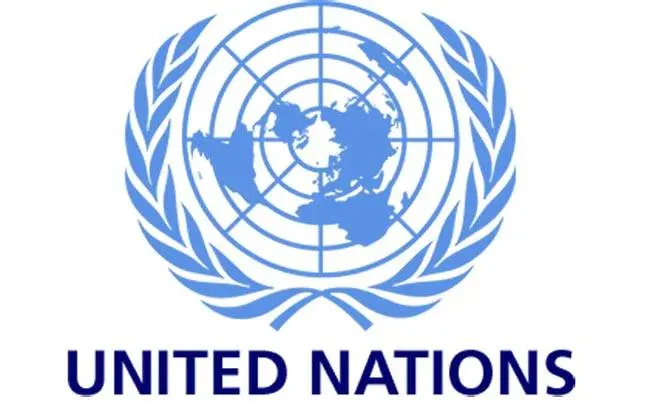A recent report has revealed that India has the highest number of poor people in the world, with 228.9 million living in poverty. The country is closely followed by Nigeria with 96.7 million people living in poverty. The report assessed 111 countries and found that 1.2 billion people, or 19.1% of the world's population, live in acute poverty. Of these, 593 million are children under the age of 18 years.
The report also highlighted that Sub-Saharan Africa has the highest number of poor people, with almost 579 million living in poverty, followed by South Asia with 385 million. The Covid-19 pandemic has had a significant impact on global progress in reducing poverty, setting it back by 3-10 years.
India has 97 million poor children, which is more than the total number of poor people in any other country covered by the report. The report also revealed that poverty is more prevalent among female-headed households than male-headed households in India. The poor in India are vulnerable to rising food and fuel prices, and integrated policies are needed to tackle nutritional and energy crises.
Bihar remains the poorest state in India, and other states among the top 10 poorest include Jharkhand, Meghalaya, Madhya Pradesh, Uttar Pradesh, Assam, Odisha, Chhattisgarh, Arunachal Pradesh, and Rajasthan. The report urged India to prioritize integrated policies to tackle the ongoing nutritional and energy crises, as 18.7% of people in India are vulnerable to poverty.
Despite these challenges, India has made significant progress in lifting people out of poverty over the past 15 years. It has lifted over 41.5 crore people out of poverty, and children from the age group of 0 to 17 years saw the fastest reduction in poverty. Bihar, the poorest state in India, also saw a significant decline in its poverty score.
While India faces significant challenges in reducing poverty, it is an important case study for the Sustainable Development Goals, which aim to end poverty in all its forms by 2030. The report emphasized the importance of leaving no one behind in this effort.
In conclusion, the report highlights the significant challenges faced by India in reducing poverty, with almost 230 million people living in poverty. However, it also acknowledges the progress made by the country in lifting people out of poverty, particularly children. Urgent action is needed to tackle the ongoing nutritional and energy crises and reduce the vulnerability of the poor to rising food and fuel prices. With sustained effort and targeted policies, India can make significant progress in achieving the Sustainable Development Goals and ending poverty in all its forms.



